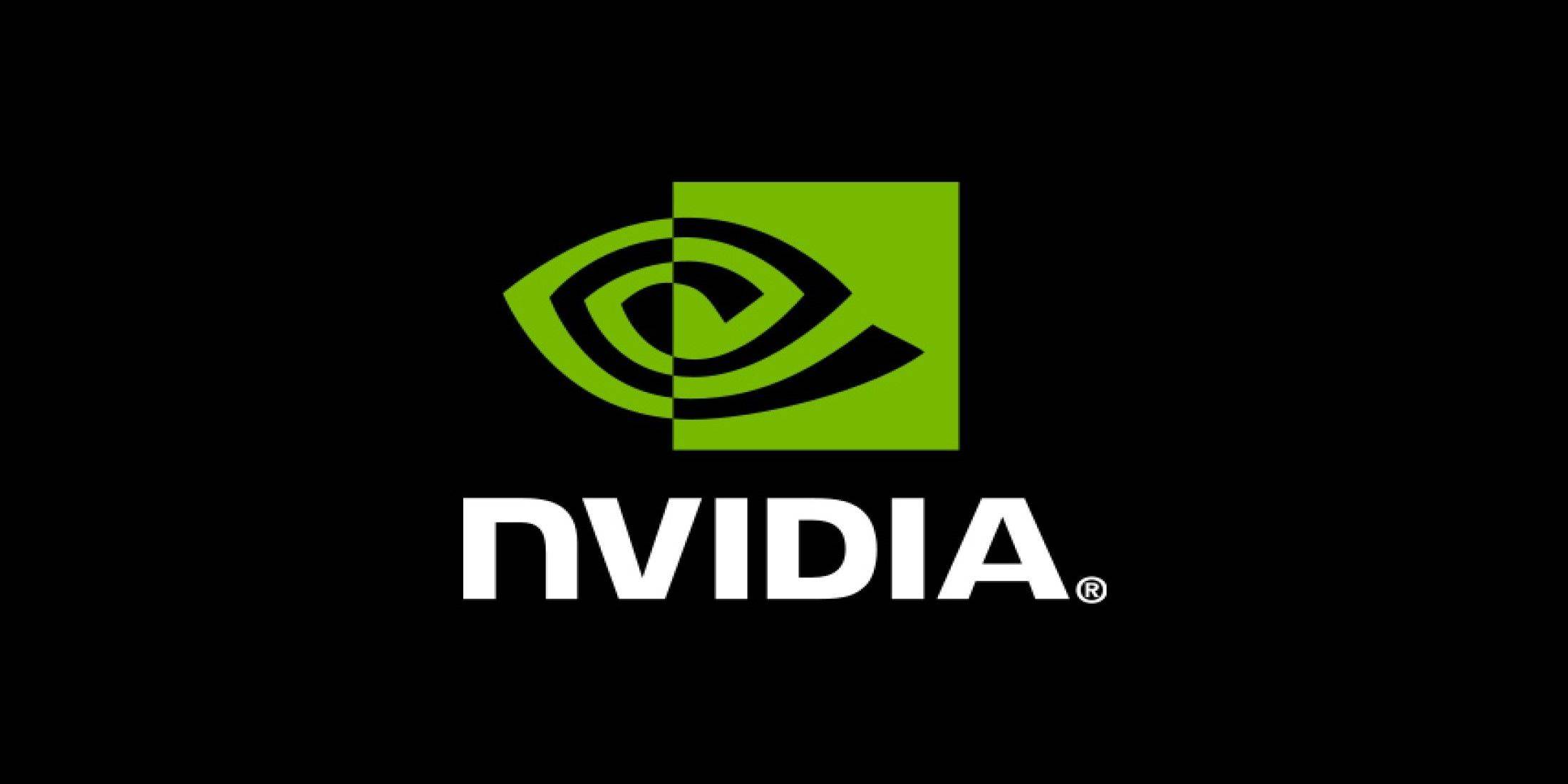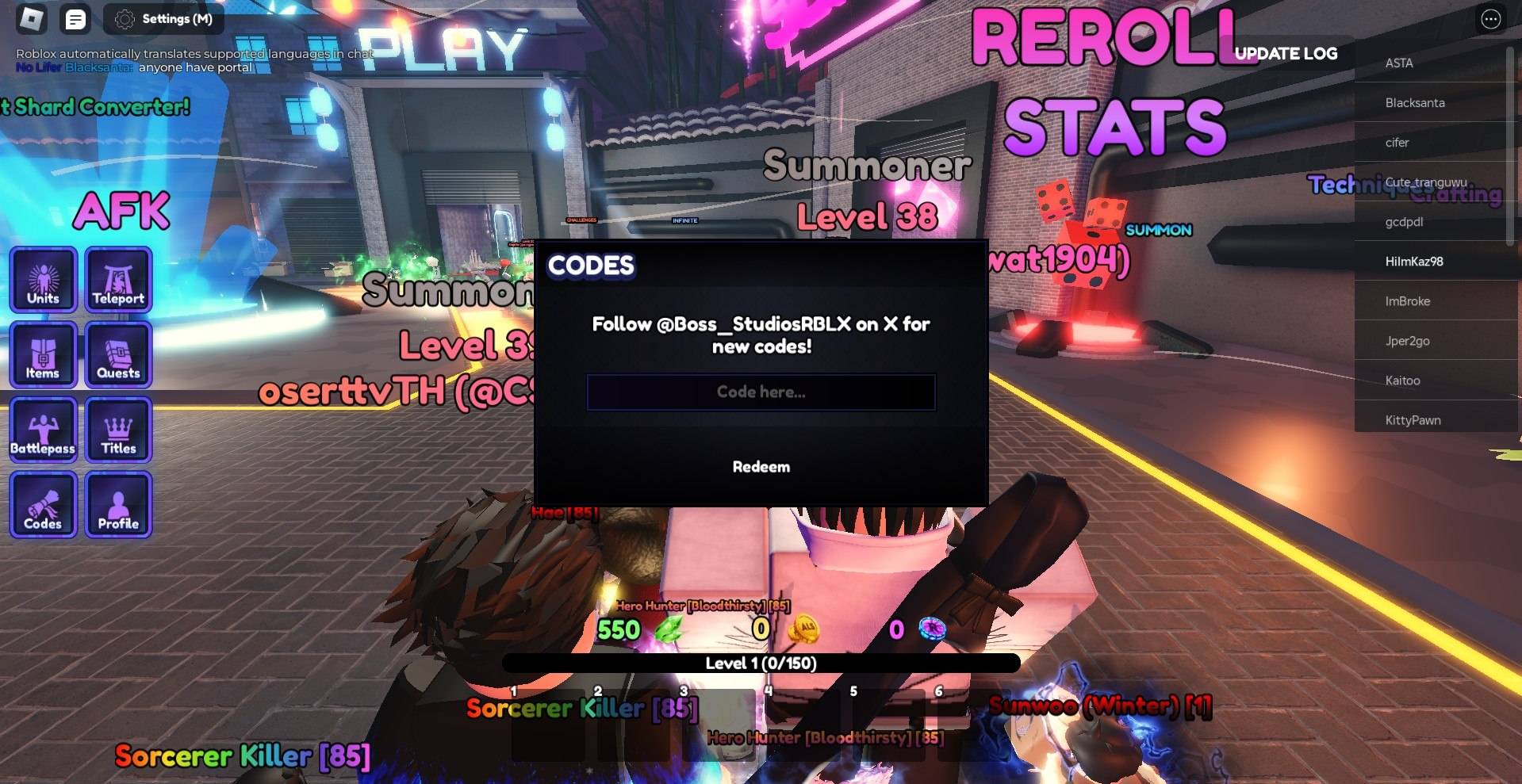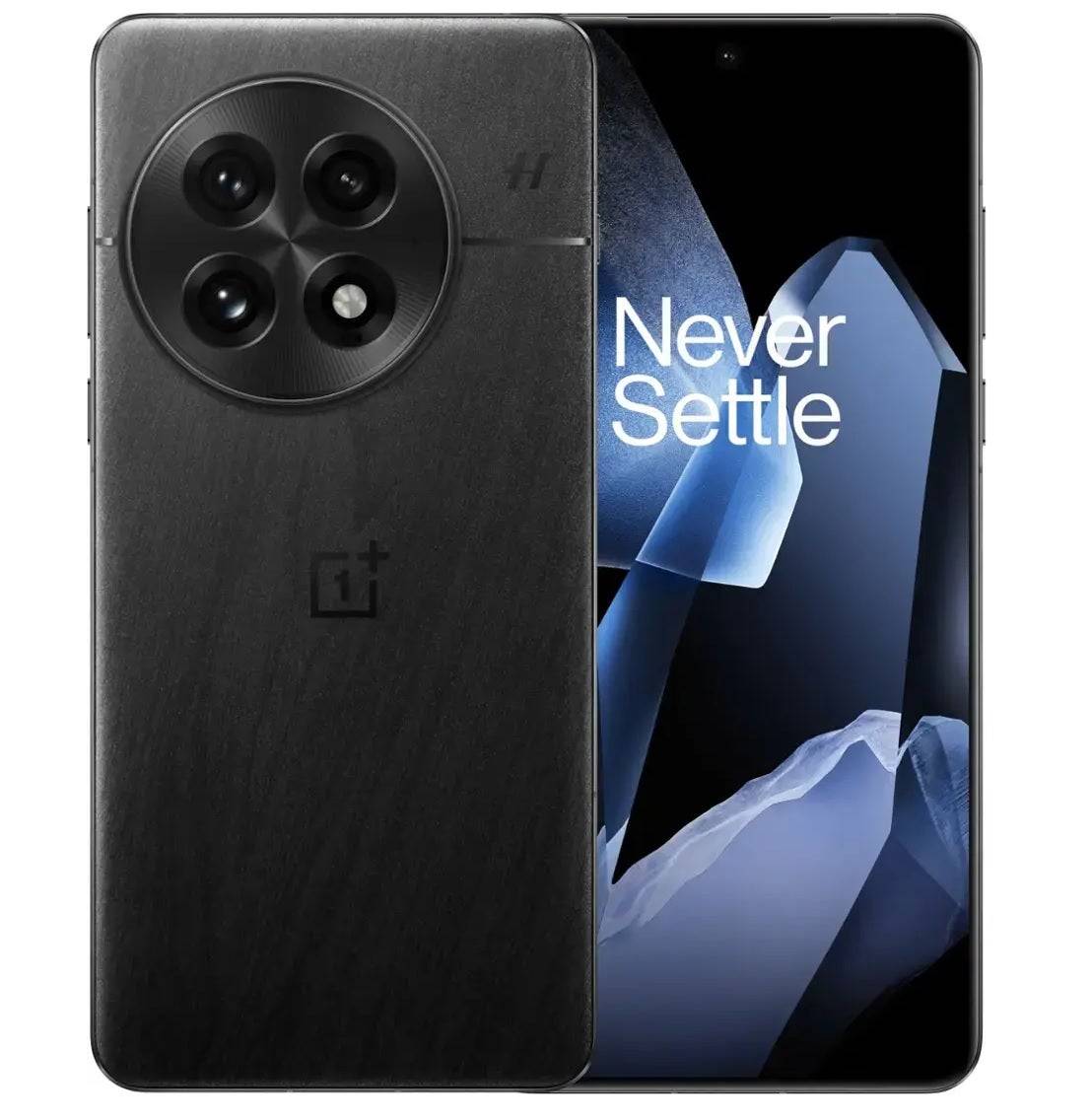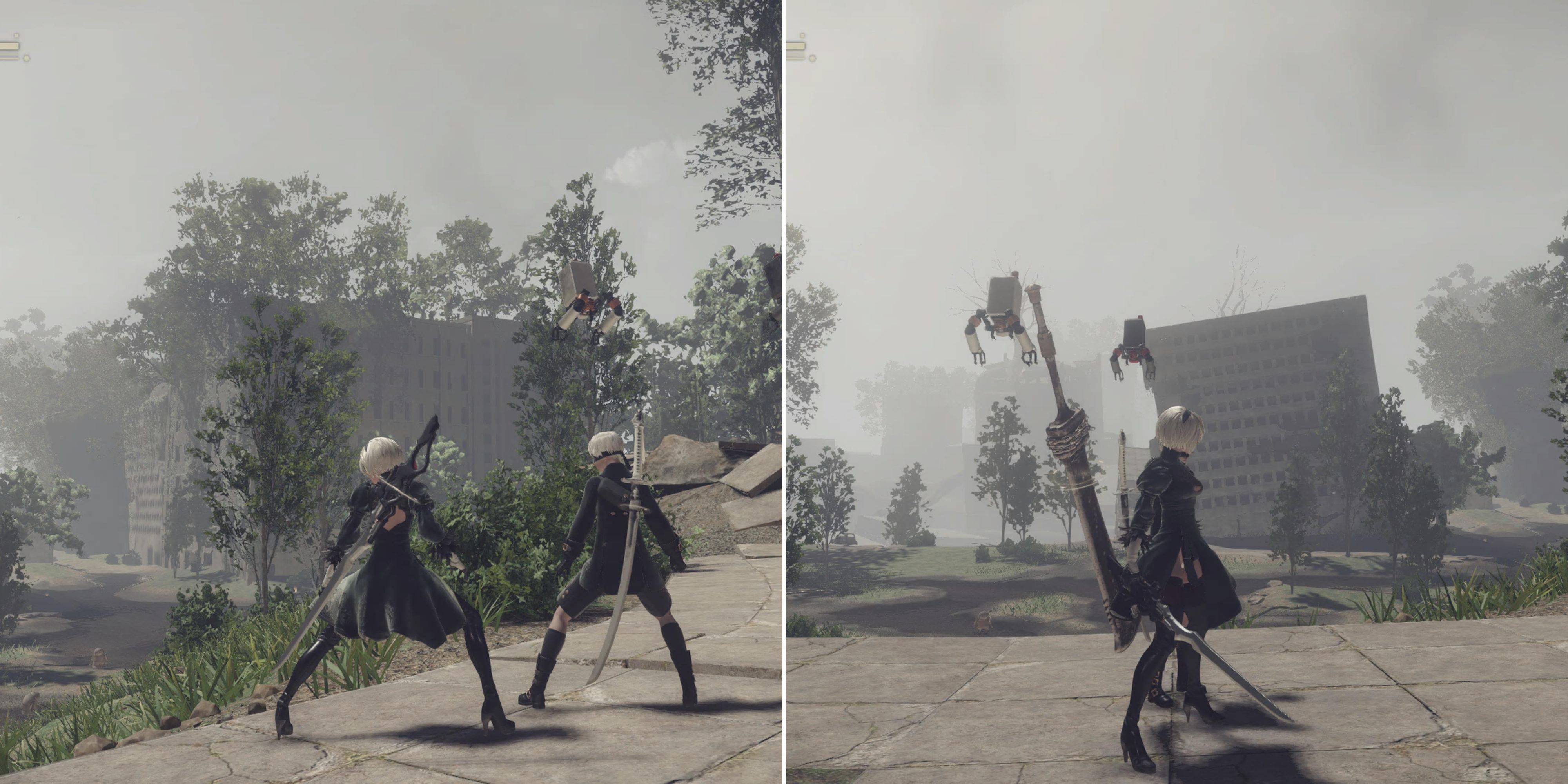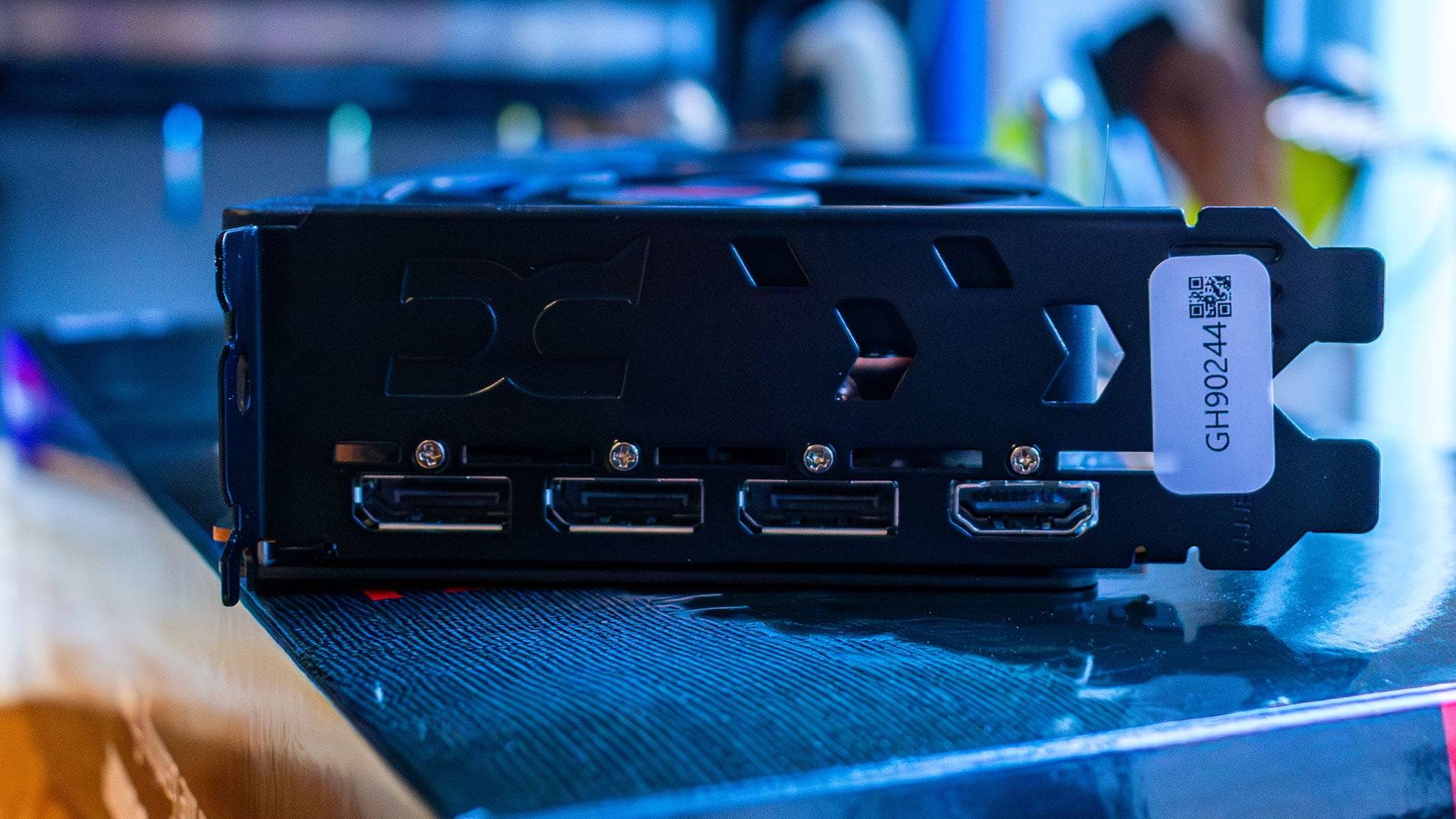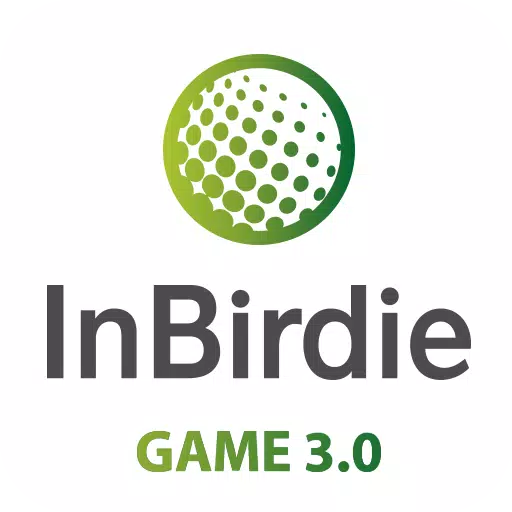Xbox Prices Rise; Analysts Predict Similar Hikes for PlayStation
In recent weeks, the gaming industry has seen significant price adjustments across major platforms. Microsoft raised the prices of all its Xbox Series consoles and many of its accessories globally, and confirmed that some new games would cost $80 this holiday season. Just a week earlier, PlayStation similarly raised prices on consoles in some regions, while shortly before that, Nintendo bumped its Switch 2 accessory prices and announced its own first $80 game.
These tariff-induced price hikes have arrived, creating a complex landscape of increases that can be overwhelming to track. In response to Xbox’s announcement, I consulted with several analysts to understand the rationale behind these changes, the future cost of gaming, and the potential impact on the industry. While the good news is that video games, consoles, and major platforms are here to stay, the bad news is that gamers will face higher costs for games and related products.
Why is it all so dang expensive?
When I asked analysts why Microsoft chose to raise its console and accessories prices so drastically and at this particular time, the answer was clear: tariffs. Dr. Serkan Toto, CEO of Kantan Games, Inc., pointed out that Microsoft's consoles are manufactured in Asia, making them susceptible to tariff fluctuations. "Microsoft's consoles are made in Asia, so seriously: who in this world can now be surprised about these price hikes?" he remarked. He also noted that the current economic climate provided a strategic opportunity for Microsoft to announce these increases globally with minimal backlash.
Joost van Dreunen, NYU Stern professor and author of the SuperJoost Playlist newsletter, echoed Toto's sentiments, explaining that Microsoft opted for a comprehensive price adjustment to manage consumer reaction efficiently. "Microsoft is ripping off the Band-Aid all at once rather than death by a thousand cuts," he said, highlighting that this approach was a strategic recalibration in response to tariff pressures.
Other analysts, including Manu Rosier from Newzoo and Rhys Elliott from Alinea Analytics, also emphasized the role of tariffs. Rosier pointed out that the timing, well ahead of the holiday season, allowed partners and consumers time to adjust. Elliott noted that while digital software isn't directly affected by tariffs, the price increase in games helps offset the increased hardware manufacturing costs due to tariffs.
Piers Harding-Rolls from Ampere Analytics added that macroeconomic factors, including persistent inflation and supply chain costs, contributed to the inevitable price increase. He also mentioned that the launch prices of competitors like Switch 2 and Sony's recent price hike made it easier for Microsoft to act now. "I think Microsoft probably saw a significant gap between its entry-level pricing and that of PS5 and Switch 2," he said, noting that even after a 27% increase in the U.S., the Xbox Series S remains $70 cheaper than the Switch 2.
Blinking Third
The question then turns to whether Sony will follow suit with price increases on PlayStation hardware, accessories, and games. Most analysts I spoke with believe this is likely. Rhys Elliott was particularly confident, especially regarding the future of $80 games. "This is just the beginning," he said, predicting that PlayStation would increase software prices, following the trend set by Nintendo and Xbox.
Elliott also foresaw more varied pricing strategies, with games at different price points to cater to different consumer segments. Interestingly, after our discussions, EA specifically said it would not raise prices on its games... for now.
Daniel Ahmad from Niko Partners noted that while Sony has raised console prices in certain regions, the U.S. might be next. "Sony has raised the price of its console multiple times outside the U.S.," he said, indicating a potential U.S. price increase soon. James McWhirter from Omdia highlighted that PS5 hardware, manufactured in China, is vulnerable to U.S. tariffs, yet the fourth quarter's high sales volume gives both Microsoft and Sony time to use existing inventories.
Mat Piscatella from Circana was cautious about predicting Sony's moves but referenced what the Entertainment Software Association had to say about the impact of tariffs on video game prices, noting that rising prices are "the symptom, not the disease." Meanwhile, Nintendo indicated it may consider "what kind of price adjustments would be appropriate" if tariffs continue to change.
Video Games Are Fine... But Are We?
Following Xbox’s price increases and speculation about Sony's potential moves, concerns arise about the impact on console manufacturers. However, analysts do not foresee significant harm. They cited Microsoft's 'This Is An Xbox' campaign as evidence that Xbox has been preparing for this shift, focusing more on becoming a service platform rather than relying solely on hardware sales.
Piers Harding-Rolls predicted a continued decline in Xbox hardware sales but noted a potential boost in Q2 2026 due to the launch of GTA 6. "Xbox hardware sales revenue has been in decline, and I see that continuing," he said, emphasizing that higher prices might have a dampening effect, but the delay of GTA 6 could be more significant in terms of 2025 performance.
Analysts also suggested that overall game spending might not decline but could shift in distribution. Rhys Elliott pointed out that games are price-inelastic, meaning that even in tough economic times, consumers continue to spend. "The rising prices won’t necessarily reduce spending," he explained, noting that early adopters and in-app purchases contribute significantly to revenue.
Manu Rosier agreed, suggesting that as prices rise, consumers might become more selective, spending more on subscriptions, discounted bundles, or live-service games. "The total spend may remain steady or even grow modestly, but the distribution across formats and platforms will likely continue to evolve," he said.
Harding-Rolls added that the U.S., being the largest console market, might feel more impact due to localized tariffs. Daniel Ahmad highlighted potential growth in Asian and MENA markets, especially in countries like India, Thailand, and China. James McWhirter noted that while full game pricing hasn't historically followed inflation, the move to $80 games by Xbox and Nintendo suggests other publishers might follow.
Mat Piscatella was less optimistic, suggesting a shift towards free-to-play and accessible gaming forms. "My expectation for the remainder of the trade war is that consumers will shift even more towards free-to-play and other more easily accessible forms of gaming," he said, warning that as everyday costs rise, fewer dollars will be available for gaming in the U.S. He also revised his earlier optimistic outlook, acknowledging the increasing uncertainty in the market.
Latest Articles


![1xBet [Updated]](https://imgs.yx260.com/uploads/76/1719623227667f5e3be7616.jpg)








